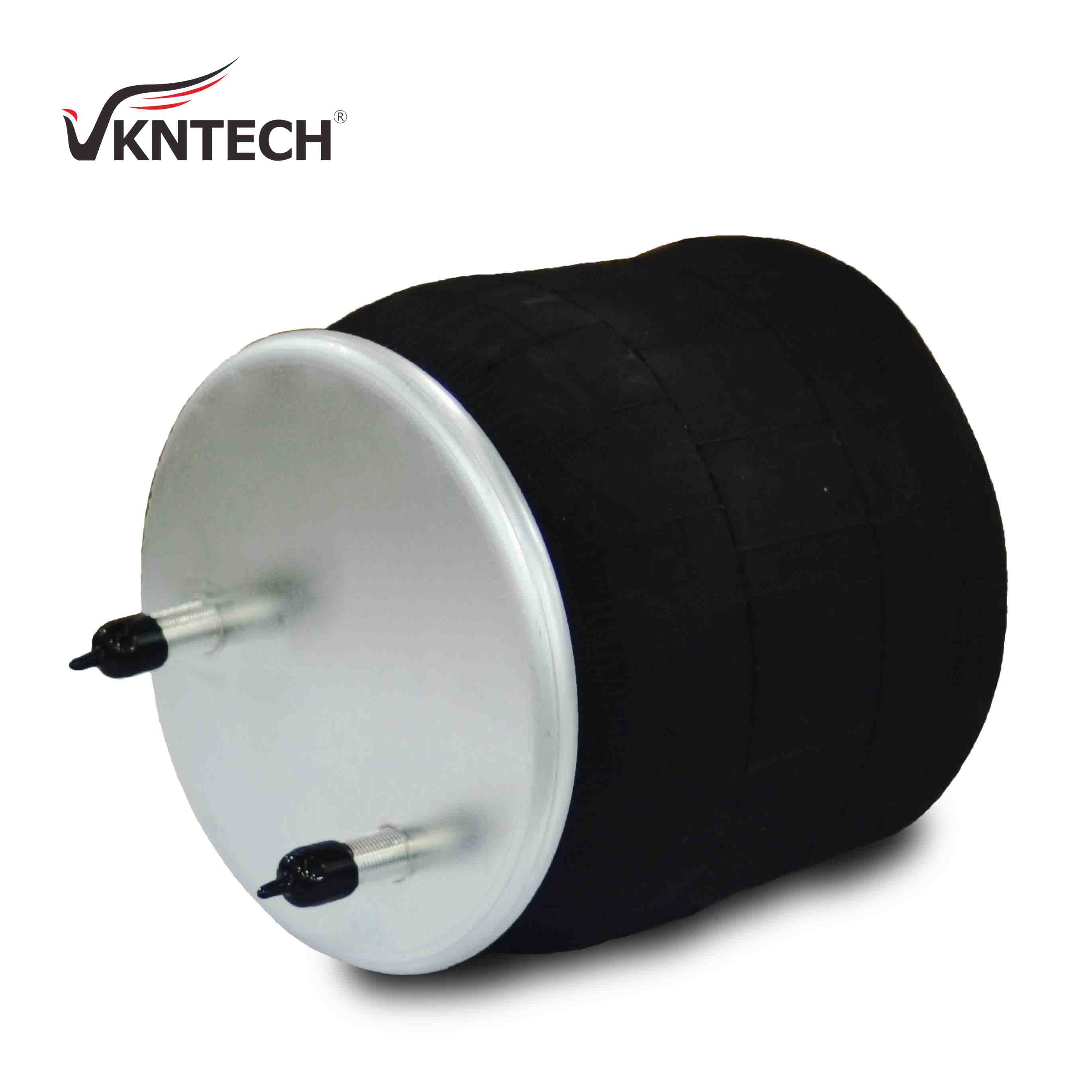Have you ever wondered what makes springs such a crucial component in our daily lives? Well, let me tell ya, the spring factory is where all the magic happens. These factories are like the secret workshops behind the scenes, creating those tiny yet powerful coils that keep our world running smoothly. From automotive parts to household gadgets, springs are everywhere, and understanding how they’re made can blow your mind!
Now, if you’re scratching your head thinking, “What exactly is a spring factory?” don’t worry—you’re not alone. A spring factory is basically a place where springs of all shapes, sizes, and purposes are manufactured. It’s where raw materials are transformed into these incredible little wonders that play a big role in various industries. So, buckle up because we’re diving deep into the world of spring manufacturing!
In this article, we’ll explore everything you need to know about the spring factory, including its history, how it operates, the types of springs produced, and why it’s so important in today’s world. Whether you’re an engineer, a curious mind, or just someone who loves learning cool stuff, this article’s got you covered. Let’s get started!
- Grant Castleberry The Honour Of God In Every Step
- Grphon Diablo 333 Vs Moon North861 The Ultimate Battle Of Legends
Table of Contents
- The Fascinating History of Spring Manufacturing
- Different Types of Springs Produced in Factories
- How Springs Are Made in a Spring Factory
- Key Materials Used in Spring Production
- Innovations in Spring Manufacturing Technology
- Common Applications of Springs Across Industries
- Sustainability in Spring Manufacturing
- Challenges Faced by Spring Factories
- The Future of Spring Factories
- Wrapping It Up: Why Spring Factories Matter
The Fascinating History of Spring Manufacturing
Let’s rewind for a sec and talk about the origins of spring manufacturing. Believe it or not, springs have been around for thousands of years. Ancient civilizations used primitive versions of springs, like the bow and arrow, which relied on the tension of materials to store energy. Fast forward to the Industrial Revolution, and that’s when things really took off.
During the 1800s, the demand for springs skyrocketed as machines became more complex. This led to the establishment of the first spring factories, where artisans handcrafted springs using basic tools. Over time, advancements in technology allowed for mass production, making springs more affordable and accessible.
Key Milestones in Spring Manufacturing
- 1763: The invention of the coiled spring by R. Tradwell revolutionized spring design.
- 1900s: The development of automated machinery made spring production faster and more efficient.
- Modern Era: Computer-controlled machines now ensure precision and consistency in spring manufacturing.
Different Types of Springs Produced in Factories
When people think of springs, they often imagine the classic coil spring. But did you know there are tons of other types of springs out there? Each type serves a unique purpose, and understanding them can help you appreciate the diversity of spring manufacturing.
- Jesse Ilan Kornbluth Photography A Journey Through The Lens
- Unveiling The Allure Of Saints And Sinners Clothes Where Style Meets Attitude
Here’s a quick rundown of the most common types of springs:
Coil Springs
These are probably the most recognizable springs out there. They’re made by winding wire into a helical shape and are used in everything from mattresses to suspension systems in cars.
Torsion Springs
Torsion springs store rotational energy and are commonly found in garage doors, clothespins, and even mousetraps. They’re like the unsung heroes of the spring world!
Leaf Springs
Leaf springs consist of several layers of metal stacked together and are often used in heavy-duty vehicles like trucks and buses. Think of them as the backbone of these beasts on wheels.
How Springs Are Made in a Spring Factory
Alright, let’s break down the process of how springs are made in a spring factory. It’s not as simple as it looks, but trust me, it’s fascinating. The entire process involves several stages, each requiring precision and expertise.
Step 1: Material Selection
The first step is choosing the right material. Depending on the application, different types of steel or alloys are used. Factors like durability, strength, and cost are considered when selecting the material.
Step 2: Wire Coiling
Next, the wire is coiled into the desired shape using specialized machines. This is where the magic happens, and the wire starts to take the form of a spring.
Step 3: Heat Treatment
Once the spring is shaped, it undergoes heat treatment to enhance its strength and resilience. This step is crucial for ensuring the spring can withstand the forces it will encounter in real-world applications.
Key Materials Used in Spring Production
When it comes to spring production, the choice of materials is everything. The right material can make or break the performance of a spring. Here are some of the most commonly used materials in spring manufacturing:
- High-carbon steel: Known for its strength and durability, this is the go-to material for many applications.
- Stainless steel: Ideal for environments where corrosion resistance is a priority, such as marine applications.
- Brass: Often used in decorative springs due to its attractive appearance and resistance to tarnishing.
Innovations in Spring Manufacturing Technology
Technology has played a huge role in advancing spring manufacturing. From computer-aided design (CAD) software to robotic automation, the industry has come a long way. These innovations have not only increased efficiency but also improved the quality of springs being produced.
One exciting development is the use of 3D printing in spring manufacturing. This allows for rapid prototyping and customization, which is a game-changer for industries that require unique spring designs.
Common Applications of Springs Across Industries
Springs are everywhere, and their applications span across various industries. Let’s take a look at some of the most common uses of springs:
- Automotive: Springs are essential components in suspension systems, brakes, and engine parts.
- Medical: Precision springs are used in medical devices like syringes and surgical tools.
- Electronics: Springs play a vital role in switches, connectors, and other electronic components.
Sustainability in Spring Manufacturing
As the world becomes more environmentally conscious, sustainability is becoming a top priority in spring manufacturing. Factories are adopting eco-friendly practices, such as recycling materials and reducing energy consumption, to minimize their carbon footprint.
Some companies are even exploring the use of renewable energy sources to power their operations. This not only helps protect the planet but also appeals to environmentally aware consumers.
Challenges Faced by Spring Factories
Despite the advancements in technology, spring factories still face several challenges. One of the biggest hurdles is maintaining quality while keeping costs down. With increasing competition, factories must constantly innovate to stay ahead of the curve.
Another challenge is the shortage of skilled labor. As machines become more sophisticated, there’s a growing need for workers with specialized skills to operate and maintain them. This has led to a push for more training and education programs in the industry.
The Future of Spring Factories
Looking ahead, the future of spring factories is bright. With ongoing advancements in technology and materials, we can expect even more innovative solutions in the world of spring manufacturing. Artificial intelligence and machine learning are poised to play a significant role in optimizing production processes and improving quality control.
Additionally, the rise of smart factories, where machines communicate with each other in real-time, promises to revolutionize the industry. This will lead to faster production times, reduced downtime, and increased efficiency.
Wrapping It Up: Why Spring Factories Matter
So, there you have it—a comprehensive look at the world of spring factories. From their fascinating history to their role in shaping modern industries, springs are truly unsung heroes. Whether you’re an engineer, a business owner, or just someone who loves learning about how things work, understanding the importance of spring factories is crucial.
Now, here’s where you come in. If you found this article helpful, feel free to leave a comment or share it with your friends. And if you want to dive deeper into the world of springs, check out some of our other articles on related topics. Together, let’s keep the conversation going and continue exploring the amazing world of spring manufacturing!



Detail Author:
- Name : Dewitt Balistreri
- Username : cecelia22
- Email : rolfson.morgan@hotmail.com
- Birthdate : 2003-08-14
- Address : 29956 Donnelly Stravenue North Unaview, NE 59256
- Phone : 774-773-5824
- Company : Hills-Schroeder
- Job : Brickmason
- Bio : Sunt adipisci voluptatibus ut reprehenderit unde. Est et similique debitis. Quod et animi illum quam quo possimus consectetur rem.
Socials
facebook:
- url : https://facebook.com/estrella_bechtelar
- username : estrella_bechtelar
- bio : Ut enim aliquam aut similique illum.
- followers : 6252
- following : 125
instagram:
- url : https://instagram.com/bechtelar1974
- username : bechtelar1974
- bio : Eius earum illum earum eos. Nam explicabo vel error sit enim et rem.
- followers : 5929
- following : 712
tiktok:
- url : https://tiktok.com/@bechtelare
- username : bechtelare
- bio : Omnis id vel voluptas saepe quos officia modi.
- followers : 5427
- following : 146
linkedin:
- url : https://linkedin.com/in/bechtelare
- username : bechtelare
- bio : Nihil nihil voluptatum quo dolorem.
- followers : 1580
- following : 1457